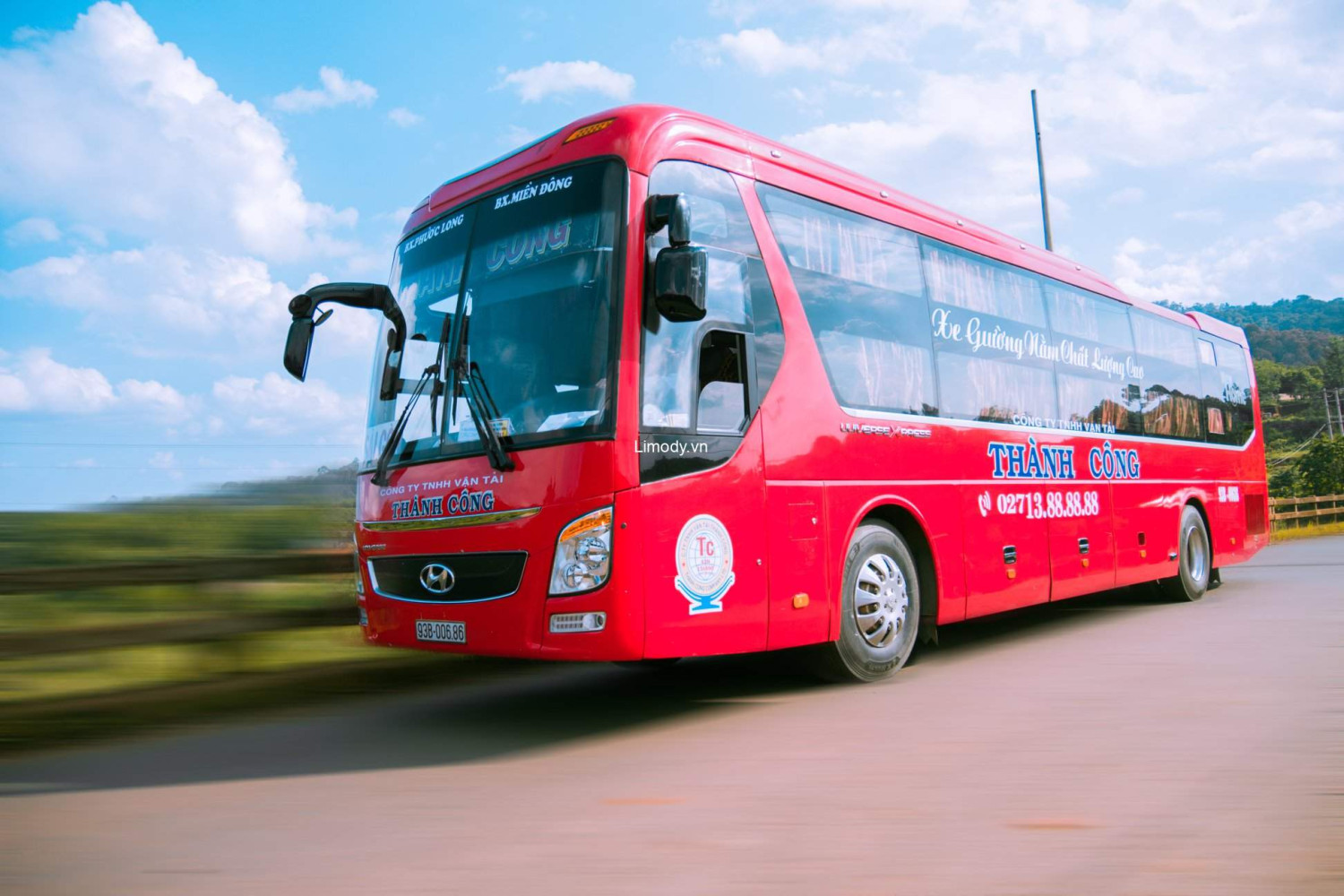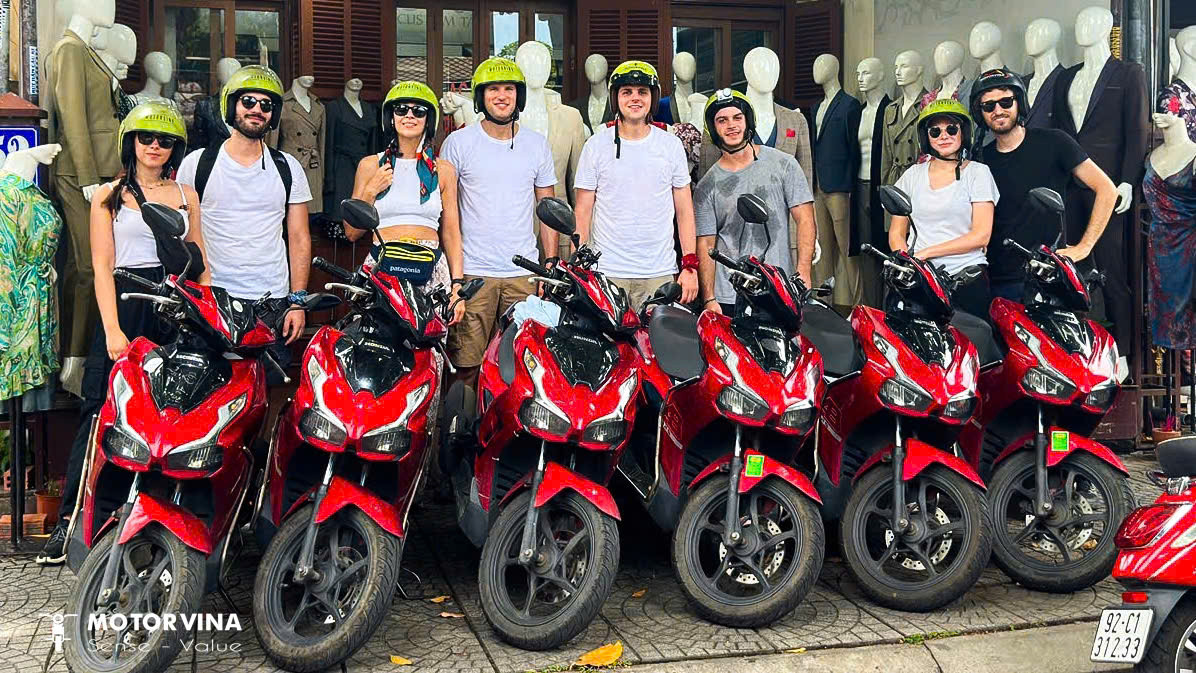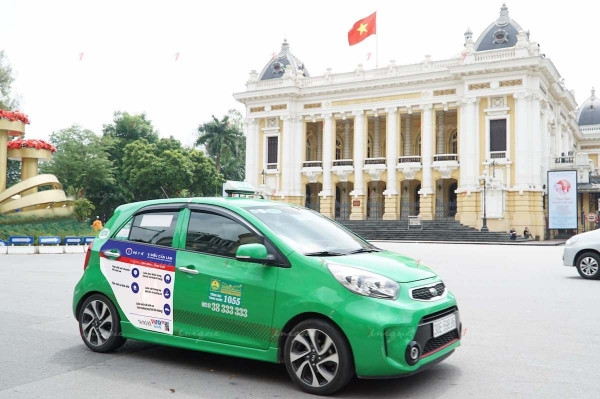Motorbike rental vs other transport options in Vietnam
Vietnam, with its breathtaking landscapes, rich culture, and bustling cities, is a top destination for travelers worldwide. Whether you’re navigating the vibrant streets of Hanoi, marveling at the coastal beauty of Da Nang, or exploring the ancient town of Hoi An, transportation plays a pivotal role in shaping your travel experience. The country offers an array of transport options, from motorbike rentals to flights, trains, and buses, each with its own strengths and weaknesses.
In this article, we’ll compare the different transport options in Vietnam, focusing on cost, comfort, travel time, and flexibility, helping you choose the best mode of transportation for your adventure.

The strengths and weaknesses of different modes of transportation to tourist destinations
Airplane
For long distances, airplanes are your fastest option. A flight from Ho Chi Minh City to Hanoi, for example, takes around two hours, while traveling by motorbike rental can take over 30 hours. But speed comes with a price.
Strengths:
- Range: Airplanes are excellent for covering long distances quickly.
- Travel time: By far the fastest mode of transport, cutting down what could be an arduous journey into a matter of hours.
Weaknesses:
- Cost: Flights are often the most expensive option, particularly during peak travel seasons.
- Comfort: Airport security, delays, cramped seating—flying isn't always a relaxing experience.
Train
The train system in Vietnam offers scenic routes and a leisurely pace. If you’ve got time to spare and love the journey as much as the destination, a train ride from north to south can be magical.
Strengths:
- Scenic views: The train journey offers incredible views of the countryside, especially along the coastal sections where there are no roads for scooter rent.
- Affordable: Train tickets are reasonably priced, especially when compared to flights.
- Comfort: Sleeper cabins are available for long trips, offering a more comfortable experience than buses or coaches
Weaknesses:
- Slow travel: Trains are slower than both planes and buses. A trip from Hanoi to Ho Chi Minh City takes around 30-35 hours.
- Limited coverage: The train only stops at major cities. Smaller towns and remote tourist destinations require additional transport arrangements like a motorbike rental.
- Old infrastructure: The train system in Vietnam is aging, and while service is adequate, it’s not the most modern or luxurious option.
Coach
Coaches are widely used in Vietnam for long-distance travel between cities and provinces. For budget-conscious travelers, this is a go-to option.
Strengths:
- Cost-Effective: Coach travel is one of the cheapest ways to cover long distances in Vietnam, making it ideal for backpackers or those on a budget.
- Availability: Coaches connect even the most remote parts of Vietnam, ensuring comprehensive coverage.
- Coaches: Sleeper coaches are available for long distances, helping you save on force.
Weaknesses:
- Long Travel Times: Coaches can take an extended time to reach their destination, especially on Vietnam’s winding roads.
- Comfort: While sleeper coaches exist, the comfort level can vary. Some coaches are cramped and lack air conditioning.
- Traffic: Vietnam’s roads can be chaotic and bus schedules are often delayed and less flexible than motorbikes for rental due to traffic congestion.
Tourist car
Tourists often opt for private cars when traveling with groups or seeking more convenience and comfort.

Strengths:
- Comfort: Private cars offer air conditioning, reclining seats, and more space, making them a very comfortable option.
- Personalized itineraries: You have the flexibility to plan stops and detours as you like.
- Door-to-door service: Cars pick you up and drop you off exactly where you need to go, eliminating the hassle of public transport.
Weaknesses:
- Expensive: Private car hire can be more costly than choosing a scooter for rent, especially for solo travelers.
- Not ideal for long distances: While cars are convenient for short trips, they are not the best option for long-distance travel due to cost and travel time.
Self-drive car
Strengths:
- Flexibility: You have complete control over your itinerary and can explore remote areas at your own pace.
- Comfort: Modern rental cars come equipped with air conditioning and are generally very comfortable.
Weaknesses:
- Driving conditions: Vietnam’s roads can be chaotic and intimidating for those unfamiliar with local driving customs. Traffic is often heavy, especially in cities.
- Cost: Renting a car isn’t cheap, and fuel costs can add up quickly.
- Parking hassles: Finding safe parking can be difficult in some areas, particularly in big cities like Hanoi or Ho Chi Minh City.
Motorbike rental
Perhaps the most iconic way to explore Vietnam is by a motorbike rental. Whether you're looking for a motorbike rental Hoi An, Da Nang, or even embarking on the famous Hue to Hoi An motorbike tour, motorbikes offer unparalleled freedom.

Strengths:
- Affordability: Motorbike rentals are incredibly cheap, with daily rental rates starting from as low as $5-10 USD.
- Flexibility: Renting a motorbike allows you to stop anywhere, explore hidden gems, and change your itinerary on a whim.
- Perfect for Short and Long Trips: Whether you want to cruise along the coastline or venture into the mountains, renting a motorbike offers ultimate flexibility. You can even opt for a one way motorbike rental Vietnam service, making it convenient for long trips.
- Access to Remote Areas: Some tourist spots, like the Hai Van Pass, are best explored by motorbike. It’s easy to navigate narrow roads and reach places that other vehicles can’t.
Weaknesses:
- Safety Concerns: Vietnam's traffic can be chaotic, and motorbike accidents are not uncommon. Travelers need to be cautious and wear helmets at all times.
- Weather: Vietnam’s weather can be unpredictable. Riding a motorbike in the rain or extreme heat can be uncomfortable.
- Luggage Limitations: With limited storage space, scooters for rent aren’t ideal if you have a lot of luggage.
The strengths and weaknesses of transportation when exploring tourist destinations
Once you arrive at your destination, getting around becomes the next challenge. Whether you’re exploring the vibrant streets of Hanoi or the coastal beauty of Da Nang, different transport options offer varying levels of convenience and flexibility. Let’s break it down.
Tourist car
Hiring a tourist car to explore a city or region offers a convenient and comfortable way to get around. However, as we’ve mentioned, it can be pricey and may not be necessary for solo travelers.
Self-drive car
Driving yourself allows for maximum flexibility and freedom to explore. However, local traffic laws and the chaotic nature of Vietnamese roads make this option less appealing to most tourists.
Taxi
Taxis have notable advantages such as convenience, flexibility, and privacy for passengers. However, their main drawbacks include typically higher costs compared to public transportation and inconsistent service quality. Additionally, finding a taxi during peak hours can be challenging, and not as flexible as scooter rent when going on narrow roads.

Bus
The major advantage of buses is their extensive route network, which connects various areas within the city and even suburban regions. However, buses have some drawbacks, such as less flexibility in schedules and routes compared to private vehicles and frequent traffic congestion that can lead to delays. Additionally, overcrowding during peak hours can be inconvenient for passengers.
Motorbike rental
Motorbike rental is a convenient and popular option for travelers looking to explore a city or region with flexibility and freedom. Renting a motorbike allows individuals to avoid the hassle of public transportation while experiencing local attractions at their own pace. Prices typically vary depending on the type of motorbike for rental, rental duration, and location. However, the drawbacks include a higher risk of accidents due to road conditions and weather.

Ha Noi Metro
For those exploring HaNoi, the new HaNoi Metro system provides a convenient and cheap way to navigate the city. It’s still in its early stages, but it’s a promising addition to the city’s transport options.
Conclusion
At the end of the day, choosing the right mode of transport in Vietnam depends on your travel style, budget, and the destinations you plan to visit. While planes, trains, and buses have their advantages, motorbike rentals stand out for their flexibility, affordability, and ability to take you off the beaten path. Whether you’re riding the Hai Van Pass or exploring the ancient streets of Hoi An, a motorbike offers the freedom to experience Vietnam on your own terms.
Comments









